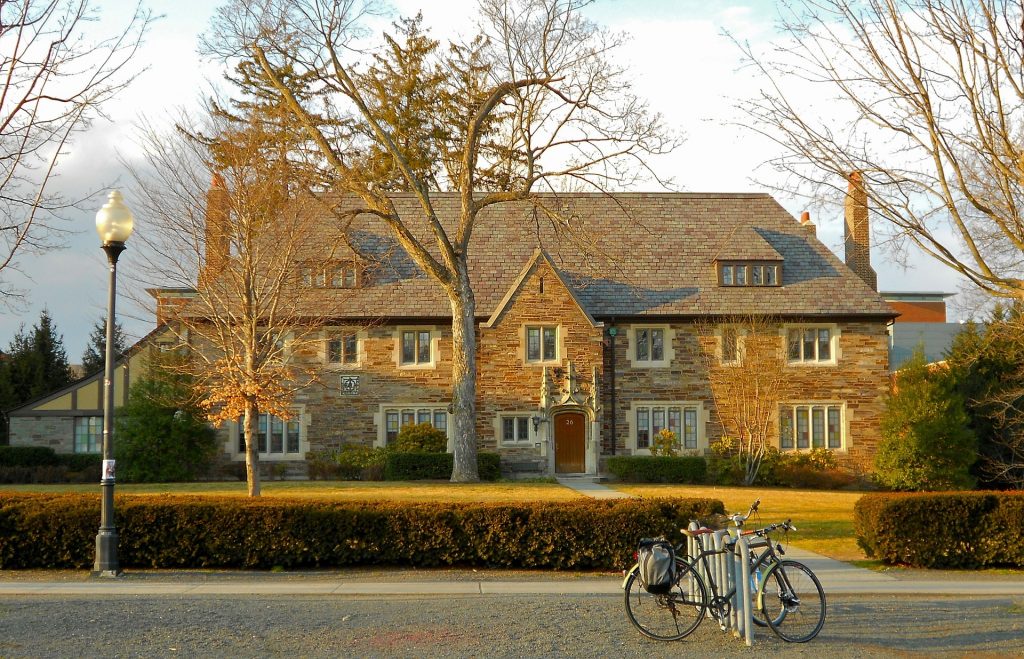
Nationwide, many colleges and universities are reexamining their admissions policies and de-emphasizing test scores. More than 1,000 accredited, four-year colleges and universities now make decisions about all or many applicants without considering ACT or SAT test scores. Half of the U.S. News “Top 100” liberal arts colleges are on FairTest’s list of test-optional schools.
Some of the most highly rated test-optional liberal arts colleges include Bates, Bowdoin, Furman, Holy Cross, Pitzer, Sewanee, Smith, Wesleyan, and Whitman. And among leading national universities, American, Brandeis, UChicago, GWU, and Wake Forest are all test-optional.
FairTest.org is the leading advocate of the test-optional movement. There are many reasons for the test-optional surge, according to FairTest. Schaeffer explained, “Studies show that an applicant’s high school record – grades plus course rigor – predicts undergraduate success better than any standardized exam. By going test-optional, colleges increase diversity without any loss in academic quality. Eliminating testing requirements is a ‘win-win’ for both students and schools.”
“College and university leaders are sending a clear message,” Schaeffer concluded. “Test scores are not needed to make sound educational decisions. It’s time for K-12 policymakers to pay attention and back off their testing obsession for public schools.”
You can find FairTest’s frequently updated directory of test-optional, 4-year schools list online at https://www.fairtest.org/university/optional.
A list of test-optional schools ranked in the top tiers by U.S. News & World Report is posted at http://www.fairtest.org/sites/default/files/Optional-Schools-in-U.S.News-Top-Tiers.pdf.
Every year, we help students apply to and gain admission to many of the top tier test-optional schools on these lists. Contact us to learn more about how to maximize your chance of admission to a selective test-optional college.
*Stay in the know! Subscribe for news, tips, and advice*



